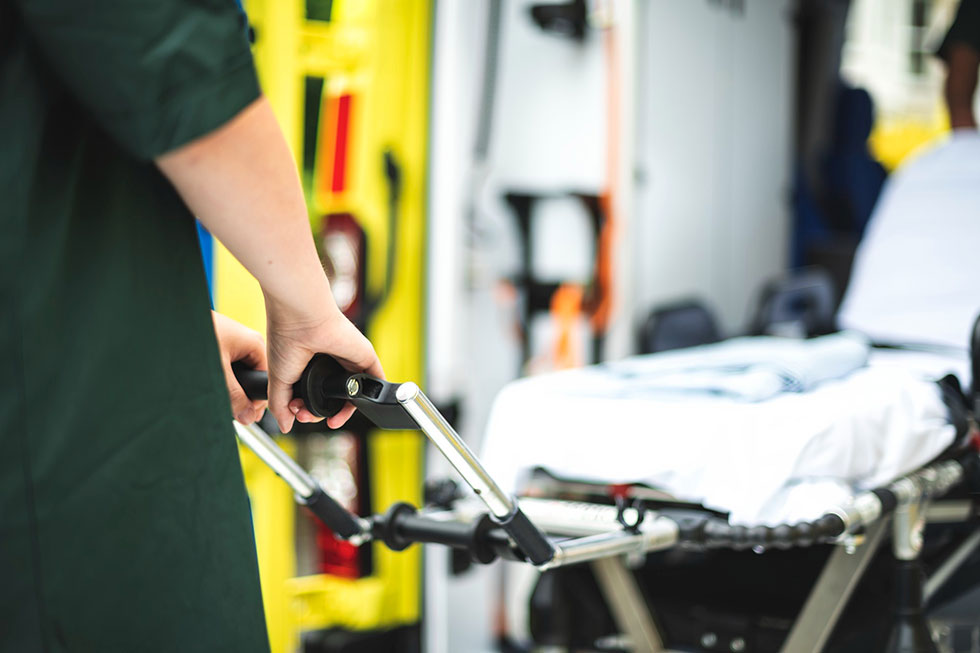
Paramedics are crucial in providing emergency care on a particular site or en route to medical facilities with proper techniques for medical treatments and first aid. They respond to emergency calls, such as accidents, sudden illnesses, or natural disasters. Response time is a crucial factor for paramedics, and the national response time goal for paramedics in Canada is 8 minutes 59 seconds for the most severe emergencies. Due to the nature of this job and time sensitivity, they need to possess ID cards that eliminate inference.
The ID cards issued to paramedics make it easier to identify them when they arrive on-site, streamlining the treatment process. Take some time to understand the value of emergency services ID cards to enhance paramedic services.
Ensure Correct Personnel Are on Site
The emergency responders that visit a site must be suitable for the task. An efficient ID card system allows higher authorities to send the right people on-site based on their position and department. If the wrong people are sent to an emergency, the lives of those requiring assistance are at risk.
Lack of ID card use can also lead to unauthorized individuals entering a site, leading to several problems, such as inefficient treatment and confidential data loss. If you want an efficient way to eliminate interference for paramedics, buy an ID card printer and issue ID cards to each paramedic. This will ensure that all staff members are identified correctly.
Quick Identification of Emergency Services Staff
As mentioned above, an ID card system makes it easier to identify staff. This can speed up the process and allow paramedics to treat or transport people to a medical facility sooner.
Along with leaving the office or dispatch center, it’s equally important for paramedics to be easily identified when they reach the site. Using a photo ID for emergency services personnel will enable people on-site to ensure they are granting access to the right people. This will help families or other members on site to rest assured that the person requiring medical attention is in the hands of a professional.
Facilitate Access Control to Equipment & Systems
There are more than 10,000 different types of medical devices in average to large-sized hospitals, and paramedics have access to different types of medical equipment and systems. So, it’s crucial that only authorized personnel can enter these areas or use the equipment and system. An ID card system enables them to enter areas with sensitive information or use equipment and systems.
Avon Security Products offer a range of card systems with innovative features that enable you to restrict access based on the staff member’s position and responsibilities. You can use magnetic stripes or chip readers to enhance security and ensure that only cardholders with access can enter specific areas.
Inability to Duplicate Card
Our ID cards use the latest technology and features to reduce the risk of card duplication. You can embed many features, such as watermarks and micro texts, to protect your card and ensure they cannot be duplicated.
In addition to embedding the latest features, it’s important to prioritize the value of keeping ID cards clean for maximum efficiency and reduce the risk of infections. Paramedics work with different kinds of people that could be suffering from illnesses or injuries, so it is imperative for them to frequently clean their cards to protect their patients from germs or diseases. A clean ID card also clearly displays important information that allows quick access to buildings and other sites.
Implementing an efficient ID card system can significantly streamline the identification process for paramedics. Look into the different features that can enhance security and allow paramedics to access sites easily.
